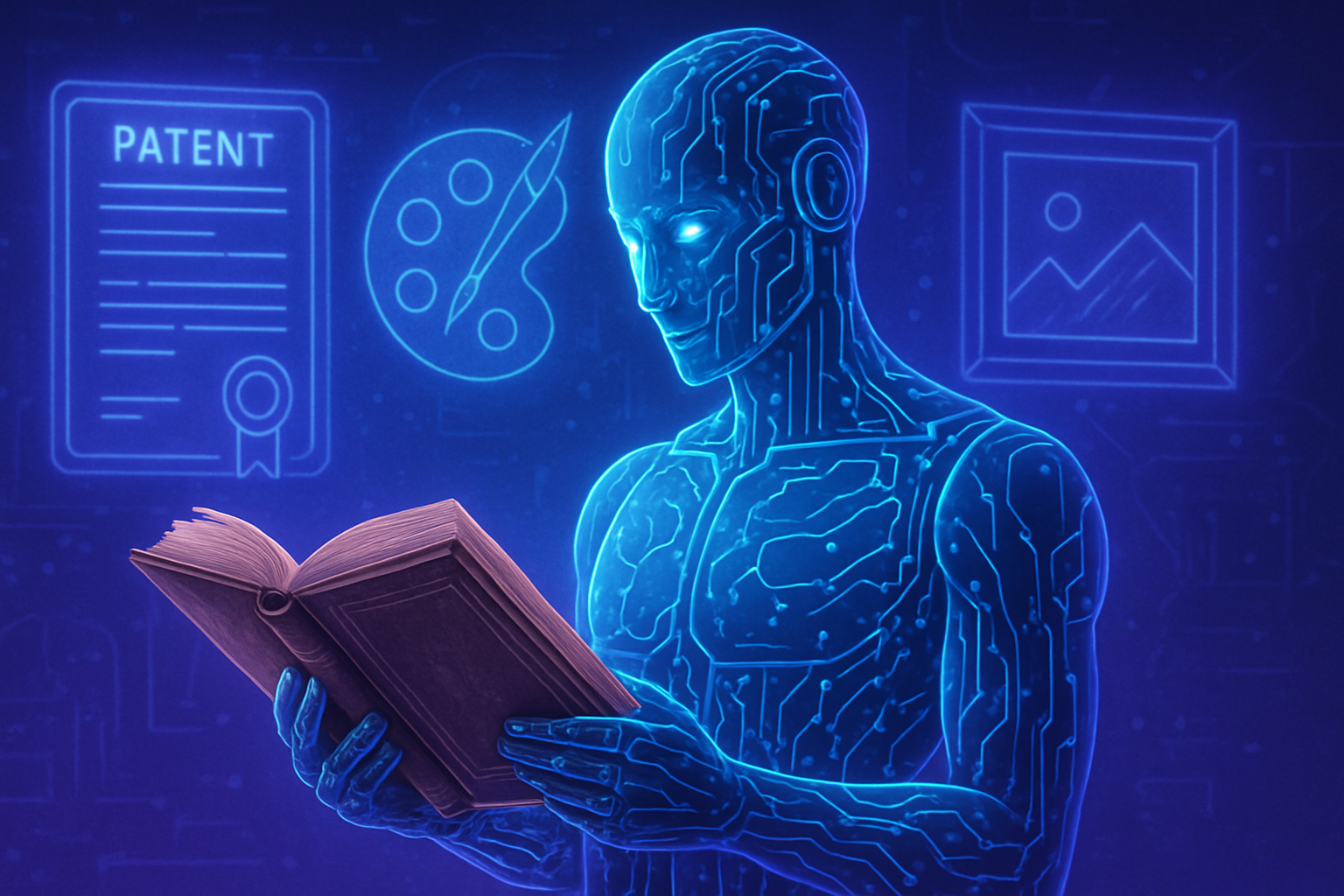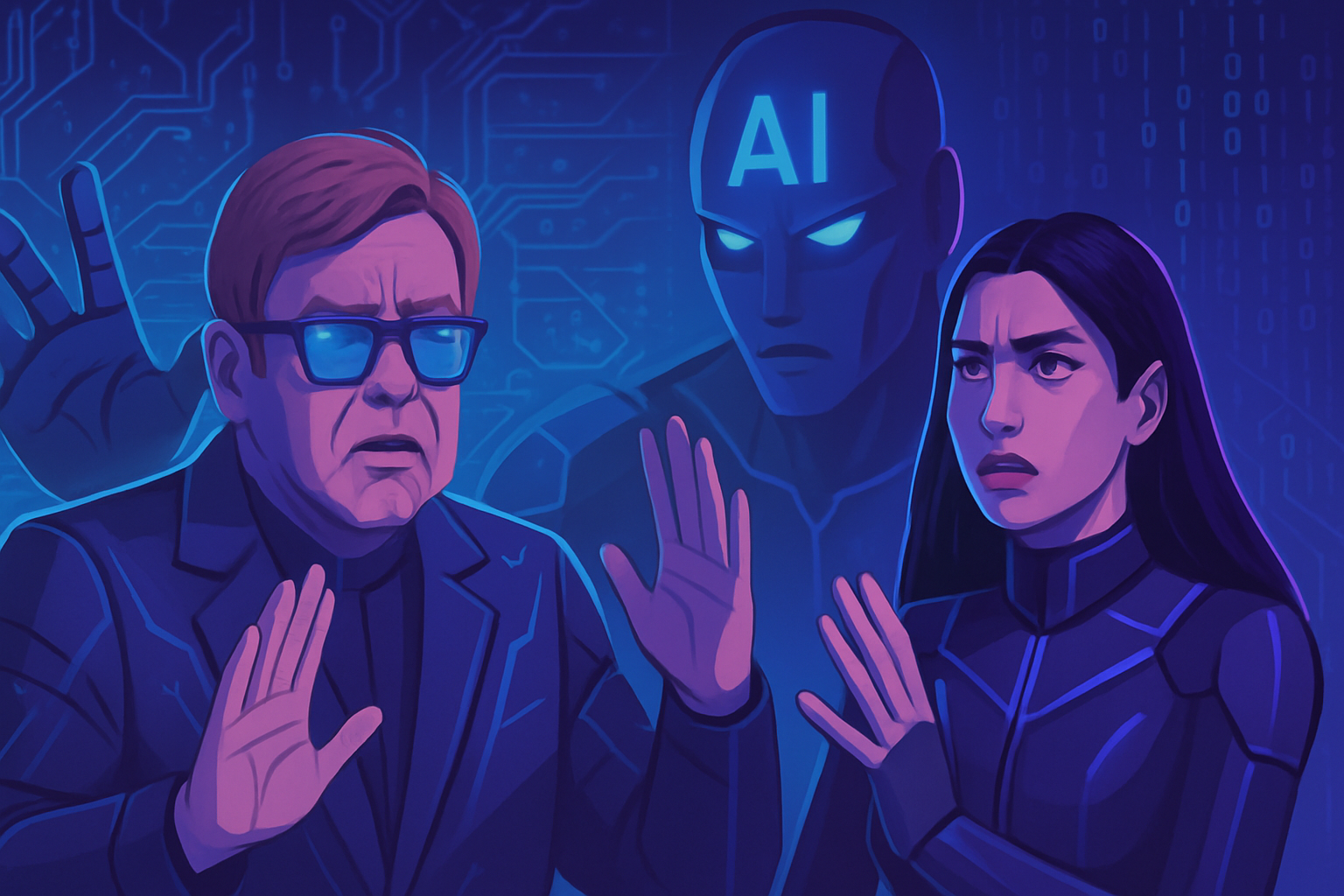At the intersection of innovation and protection, artificial intelligence is redefining the dynamics of intellectual property. By facilitating the detection of online infringements, it becomes the unexpected ally of creators while raising legal uncertainties. Ethical issues intensify when practices such as copyright trolling emerge, threatening the healthy balance between creation and commercial exploitation. The use of this technology questions how copyright and innovations coexist in a rapidly changing digital landscape.
Artificial Intelligence as an Ally of Artistic Creation
Long perceived as the ultimate threat to artistic creation, artificial intelligence is now positioning itself as a valuable ally in the protection of works. Recent technologies optimize the detection of copyright infringements on the Internet, allowing for rapid and accurate identification of violations. These algorithms, based on visual recognition tools, analyze not only original images but also their modified, cropped, or fragmented versions across various digital media.
The Challenges of Copyright in the Digital Age
Rights holders face increasing difficulties in enforcing their intellectual property within a constantly evolving digital ecosystem. Unauthorized sharing of works results in substantial lost revenue, severely impacting the cultural industry. Legal protection remains inadequate in light of the scale of infringements, making artificial intelligence technologies all the more essential in the fight against these violations.
The Phenomenon of Copyright Trolling
In response to copyright infringements, some entities opt for aggressive strategies. Copyright trolling consists of hiring specialized companies to track down infringers, often after acquiring limited exploitation rights over certain works. These companies send compensation demands to users of the works, threatening legal action. Although rare in practice, these actions rely on “voluntary” payments that contribute to a lucrative economic model.
The Legal Ambiguities Surrounding Copyright Trolling
European case law, particularly through the Mircom case, has raised questions about the legitimacy of these practices. The phenomenon prompts inquiries into the use of copyright, often diverted in favor of an economic logic prevailing over the protection of creators. For the Court of Justice of the European Union, the pursuit of profit through compensation claims may constitute an abuse of rights.
A Technology in Full Evolution
Copyright trolling is not a modern invention. Historical examples, such as that of Thomas Wall in the 1870s, show that exploiting infringements to generate revenue is not a new phenomenon. Contemporary companies, such as Picrights and Pixsy, have specialized in this field, tracking copyright violations on the Internet, whether they involve photographic or typographical works.
The Limits of Copyright Protection
Copyright protection requires that a work be original, which can pose interpretative difficulties. Works must manifest the personal imprint of their creators to be protected, which excludes certain purely technical creations. Thus, the issues of assessing originality require a nuanced approach, contrasting with the massive standard cease and desist procedures.
Artificial Intelligence: A Double-Edged Tool
The rise of artificial intelligence in detecting infringements raises as many hopes as fears. Current technologies offer rights holders an effective means of automated detection of violations, but they must be used judiciously. Vigilance is necessary to prevent this technological advancement from being exploited by opportunistic actors.
The stakes are now situated in a precarious balance. Well-regulated, artificial intelligence can enhance the protection of creators while preserving the integrity of copyright. Conversely, if misused, it could transform artistic creation into a mere tool for economic extortion. The risk of a new paradigm, where the monetization of violation prevails over the recognition of creation, becomes omnipresent.
Frequently Asked Questions
How does artificial intelligence help protect intellectual property?
Artificial intelligence enables the automated detection of copyright infringements by analyzing content online. With advanced algorithms, it identifies modified original works, even when cropped or fragmented, thereby facilitating the work of rights holders.
What is copyright trolling and how is it related to artificial intelligence?
Copyright trolling refers to a practice where companies exploit their copyright to intimidate presumed infringers and obtain payments without going to court. With AI, the detection of infringements becomes more efficient, making this practice more widespread as companies can easily track their opponents.
Can artificial intelligence harm creative artists?
Yes, if used irresponsibly or opportunistically. This can lead to abusive exploitation of copyright and reduce incentives for creativity, transforming the protection of works into a means of economic pressure rather than a defense for artists.
What are the legal implications of using artificial intelligence for copyright?
Its use raises questions of abuse of rights, as some actions may be perceived as merely seeking to monetize violations rather than protect creations. The Court of Justice of the European Union has also expressed concerns about this, highlighting the need for a balance between protection and abuse.
How is the originality of works determined in copyright law?
To be protected, a work must be original and reflect the personal imprint of its creator. This includes a deliberate choice regarding the visual or technical aspects of the work, which complicates the assessment of infringement.
What are the risks associated with automating copyright protection through artificial intelligence?
Risks include the possibility of errors in identifying infringements, which could lead to unjustified cease and desist letters. Furthermore, an overly aggressive strategy could harm creativity by creating a climate of fear among creators.
How can artists protect themselves from abuses related to the use of AI for detecting violations?
Artists should stay informed about their rights and review the detection practices used by companies. Collaborating with specialized intellectual property lawyers can also help avoid potential abuses and adequately defend their work.






